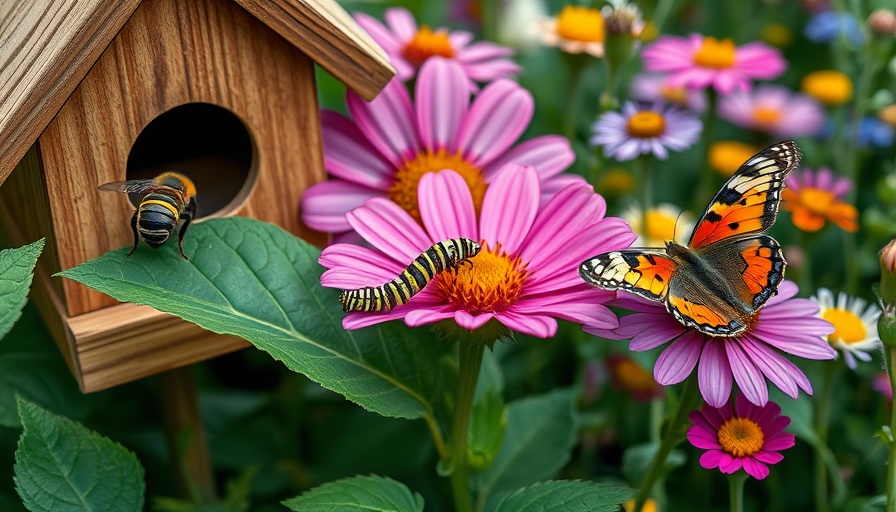
Rethinking Trends: Garden Practices That Might Cause More Harm
As homeowners dive into gardening with passion and optimism, some popular trends may inadvertently lead to negative consequences that affect local ecosystems. From rearing monarch butterflies to guerrilla seed sowing, these well-meaning actions often overlook basic ecological principles, risking greater harm than intended.
Monarch Butterflies: The Captive Dilemma
One trend that’s gaining traction is the hand-rearing of monarch butterflies, where eggs or larvae are raised in protective conditions before being released into the wild. Although this sounds like a noble effort to support declining populations, research suggests this practice can diminish their flight abilities and survival rates, ultimately leading to unintended ecological consequences.
Experts in conservation urge alternative measures. Homeowners should focus on creating a conducive habitat by planting native milkweed, avoiding pesticides, and actively participating in local conservation groups. These proactive steps support monarchs without disrupting natural checks and balances.
The Risks of Guerrilla Gardening
Guerrilla gardening, which involves planting on public land without permission, is another trendy yet controversial practice. While it often aims to beautify neglected areas, scattered plantings can upset local ecosystems. The use of seed bombs to sow native or non-native plants indiscriminately can introduce invasive species, harming native flora and disrupting habitats.
Instead of guerrilla gardening, homeowners can advocate for community gardens or collaborate with local groups to revitalize public spaces responsibly. This not only ensures ecological sustainability but fosters community engagement.
Embracing Thoughtful Gardening
The eco-friendly gardening ethos thrives on understanding how actions impact the larger environment. By nurturing native plants and supporting established habitats, homeowners can contribute positively to the ecosystem while enjoying the beauty and benefits of gardening.
As you dig into gardening, remember that sustainable practices rooted in knowledge and respect for nature yield the best results for both your garden and the local biodiversity.
 Add Row
Add Row  Add Element
Add Element 



Write A Comment